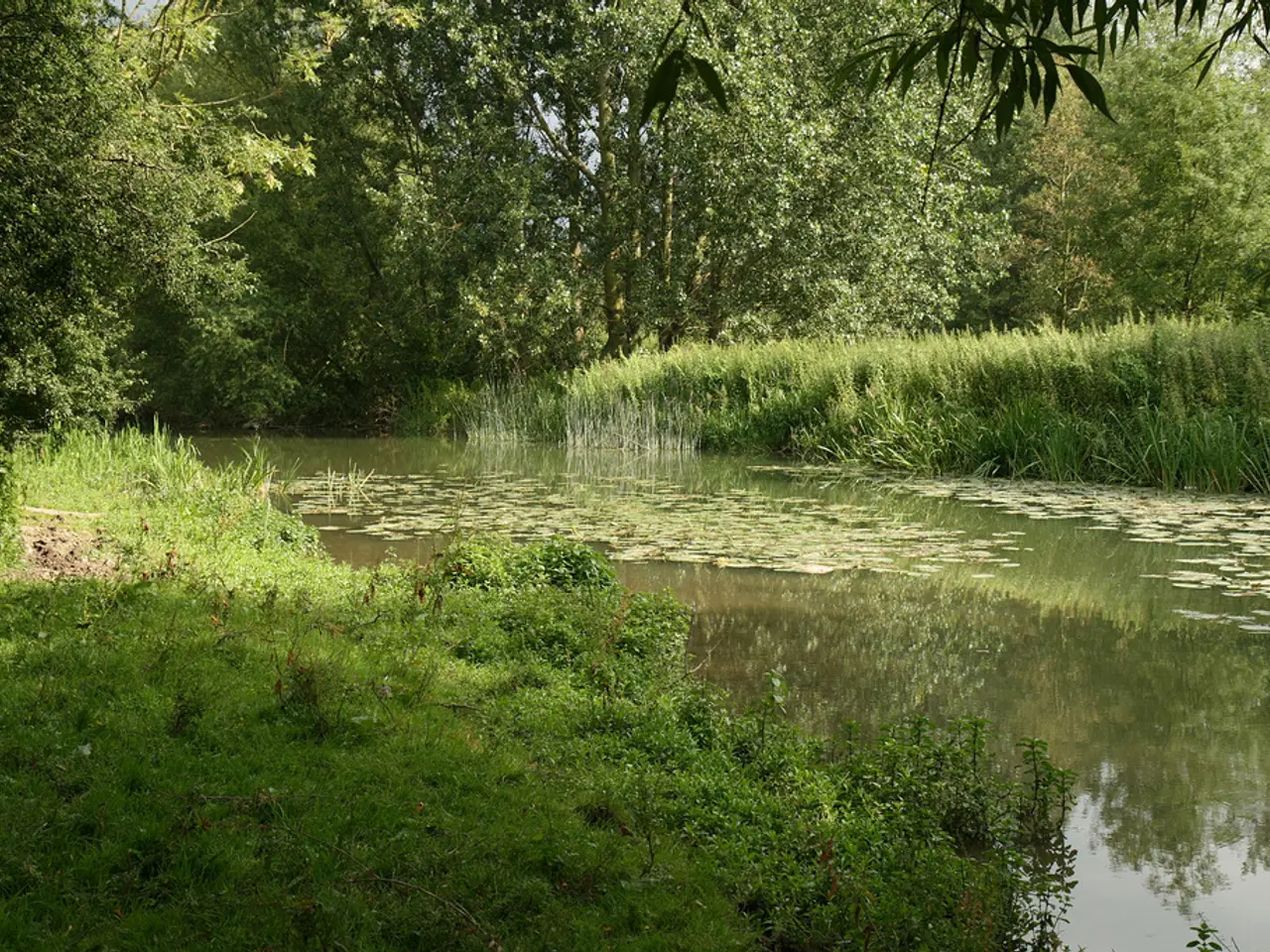Excessive rainfall can negatively impact the garden. At what point does the rain become too much for the garden?
In recent days, heavy rain has been a daily occurrence, posing challenges for garden enthusiasts. However, with a few strategic measures, it's possible to safeguard your garden from the potential damage caused by excessive water.
## Short-Term Strategies
In the immediate aftermath of heavy rain, there are several steps you can take to protect your garden:
1. **Use Barriers and Sandbags**: Deploy barriers around sensitive garden areas to prevent water from rushing in. Traditional sandbags are effective, but modern alternatives like Floodsax can be more efficient and easier to store.
2. **Secure Outdoor Items**: Ensure that all garden furniture, ornaments, and loose items are securely anchored or moved to a safe location to prevent them from being washed away or damaged.
3. **Mulch Around Plants**: Mulching helps retain moisture in the soil without letting it become overly saturated. It also prevents soil erosion.
## Long-Term Strategies
For long-term protection, consider implementing the following strategies:
1. **Improve Soil Drainage**: Aerate the soil, especially in clay-rich areas, to enhance water absorption. This can be achieved by adding organic matter like compost or by using mulch.
2. **Install Drainage Systems**: Consider installing under-deck drainage systems if your garden features a deck. French drains or catch basins can help redirect water away from the garden.
3. **Use Permeable Paving**: Install permeable driveways, walkways, or patios to allow rainwater to percolate through, reducing surface runoff and preventing water from accumulating in the garden.
4. **Level Your Yard**: Proper yard leveling can prevent water from pooling in certain areas, directing it away from your garden. Techniques include using detention basins or dry wells to manage water flow.
5. **Plant Water-Hungry Vegetation**: Strategically plant water-absorbing plants in low-lying areas to help reduce water accumulation.
By implementing these strategies, you can effectively protect your garden from damage caused by heavy rain.
Additional measures include supporting plants during heavy rain to prevent them from being knocked over by moisture or the weight of the water. If rain comes down in torrents from the roof, it can be collected in barrels for later use during dry periods. Those with enough space can build a rainwater pond to allow water to seep into the ground more slowly afterwards.
Initially, garden owners may be delighted with the rain, but eventually, the question arises: When does rain really start to harm the garden? Especially when the soil is too dry, it cannot absorb the rainwater properly. This is why the strategies outlined above are crucial in maintaining a healthy and thriving garden.
"By securing outdoor items and mulching around plants as short-term strategies, you can guard your garden from immediate harm caused by heavy rain. Long-term protection can be achieved by enhancing soil drainage, installing drainage systems, using permeable paving, properly leveling your yard, and strategically planting water-absorbing vegetation."
"In addition to these measures, you can also support plants during heavy rain to prevent them from being knocked over, collect rainwater from roofs for later use during dry periods, and consider building a rainwater pond to allow water to seep into the ground more slowly, promoting a sustainable home-and-garden lifestyle."




